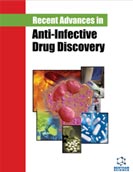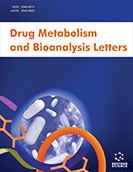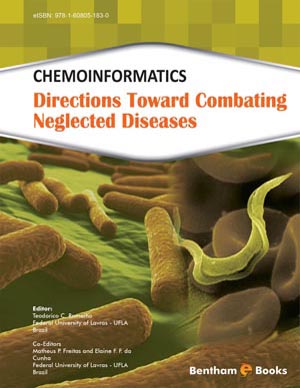Abstract
Currently, nanomicelles are used pharmaceutically for solubilizing hydrophobic drugs, improving bioavailability, targeting anticancer drugs, and many more applications are associated with the use of nanomicelles. By definition, nanomicelles are colloidal dispersions containing a hydrophobic core and a hydrophilic shell that self-assemble itself into the nanosize range of 10-100 nm. The major limiting factor for formulating a clear aqueous solution of a drug is its hydrophobic nature. Nanomicelles improve the solubilization of hydrophobic drugs by entrapping the drugs within a mixed micellar hydrophobic core with hydrophilic chains protruding outwards, forming a clear aqueous formulation. Pharmaceutically nanomicelles serve as outstanding carriers as they can avert or moderate drug degradation by dropping adverse side-effects, thereby augmenting drug permeation through biological barriers with very minimum or no irritation at all, which ultimately enhance bioavailability. The major factors that affect the micelle formation are the hydrophobic part size in the amphiphilic molecule, amphiphiles concentration, temperature and solvent. The assembling process starts only when a certain minimum concentration is crossed by the amphiphilic molecules, called Critical Micelle Concentration (CMC). Therefore, in this chapter, a critical history of nanomicelles is provided from its fundamental theory to preclinical and clinical achievements.
Keywords: Drug release mechanism, Nanomicelles, Ocular drug delivery, Peptide drug delivery, Pulmonary drug delivery, Theory, Vaccine adjuvant.






















